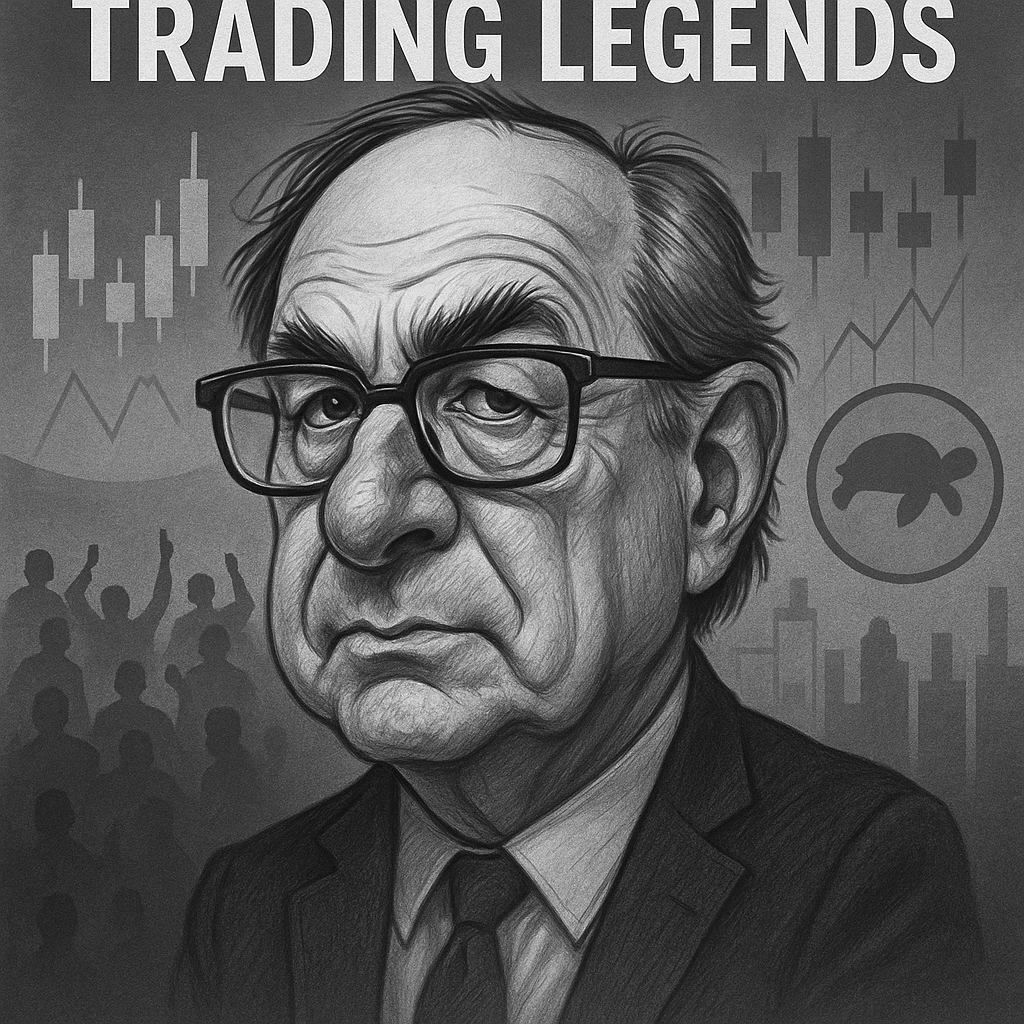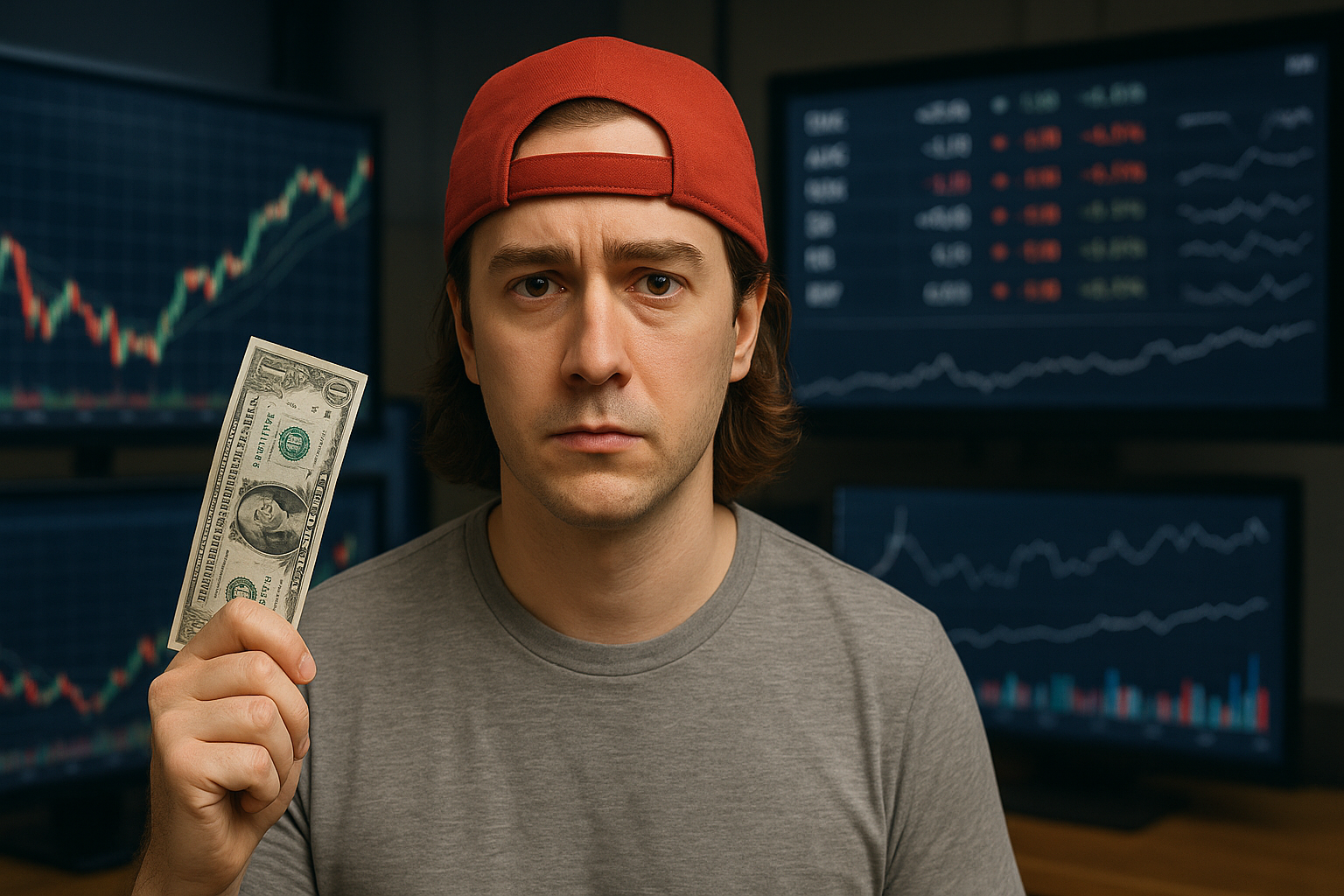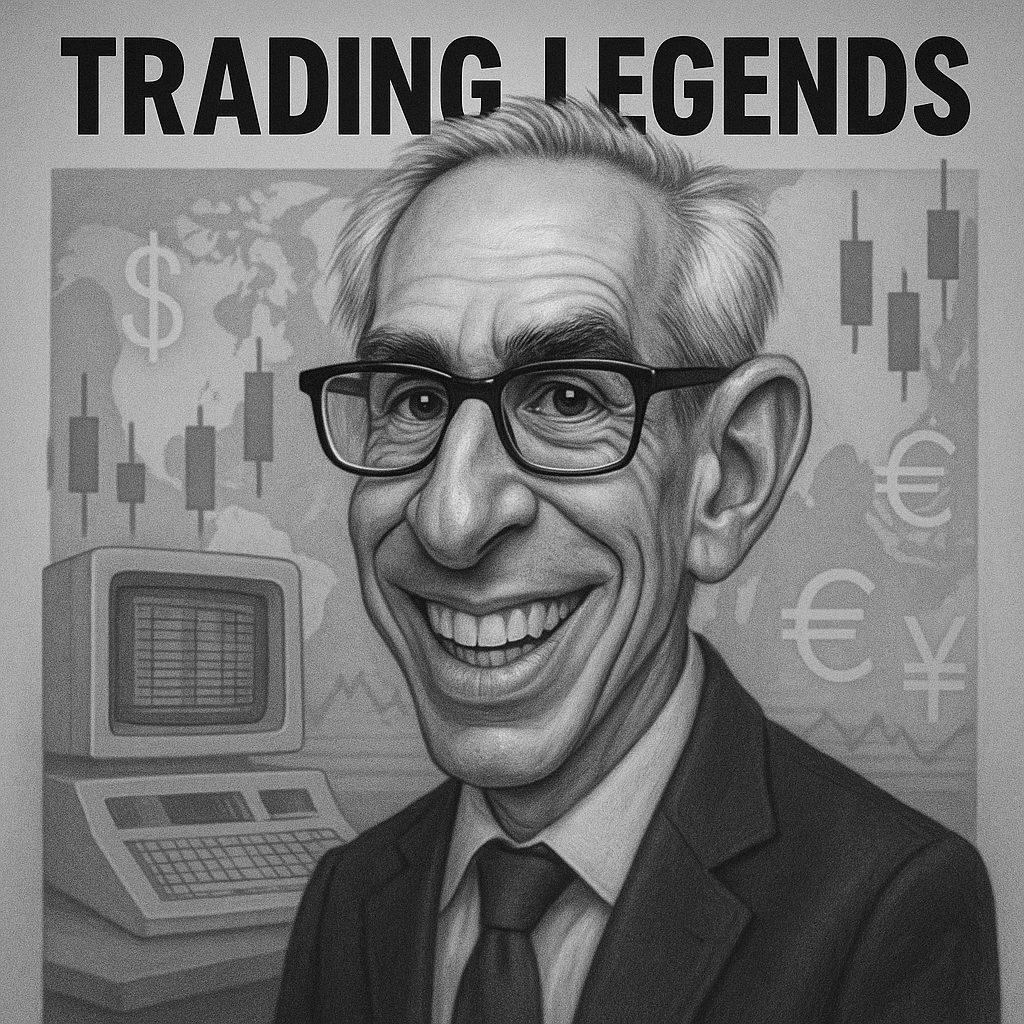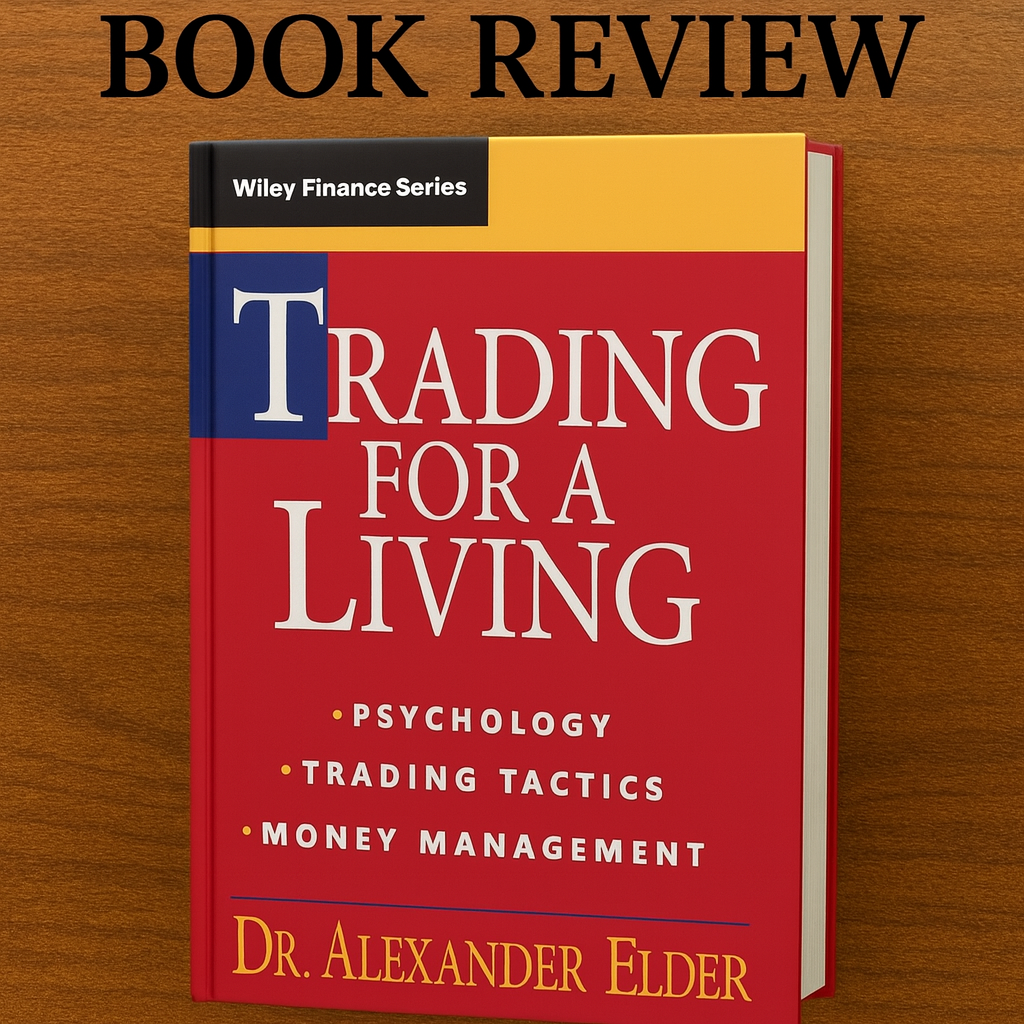From “Prince of the Pit” to mentoring the turtle traders, this is the storied career of Richard Dennis.
It was June 1, 1983, in the bustling pits of the Chicago Mercantile Exchange when a tall, unassuming trader named Richard Dennis gathered a motley crew of complete novices by a bulletin board. “I guarantee you can learn to trade,” he told them, chalking out a simple set of buy-and-sell rules. Pretty soon these rookies—later dubbed the “Turtles”—were racking up six-figure gains in crude oil, gold, and currency futures. Known as the “Prince of the Pit” for his courtly demeanor amid the cacophony of open outcry, Dennis had already transformed a modest $1,600 stake into millions. That day marked a defining moment: the birth of one of the most famous experiments in financial history.
Background and Early Life
Born in Chicago in 1949, Richard J. Dennis grew up watching his mother work as a waitress and his father juggle odd jobs. At 17, he borrowed $1,600 from a family friend to trade soybean futures, a market he chose for its volatility and volume. In his first year, he turned that sum into $50,000—an eye-opening windfall that fueled his conviction in speculation.
Dennis enrolled briefly at DePaul University, but lectures on economics struck him as abstract compared to the real-time drama of the commodity pits. By the early 1970s, he had opened his own trading firm—C&D Commodities—named after himself and partner William Eckhardt. Dennis was drawn to trends: patterns in price movements that, he believed, reflected underlying supply–demand imbalances. His early success was punctuated by a relentless work ethic—trading nearly 20 hours a day—and an appetite for risk most professionals found unnerving. Those formative years forged a trader unafraid to challenge orthodoxy. Ii markets moved in trends, he argued, anyone could be taught to ride them.
Key Career Moments
Building a Commodities Empire (1973–1980). In 1973, with just $50,000 in capital and a handful of off-hours backtests, Dennis ventured into crude oil futures—the heartbeat of global energy. As the 1973 oil embargo sent prices soaring, his positions yielded ten-fold returns. By 1975, C&D Commodities was handling hundreds of millions in notional exposure daily. Colleagues recall Dennis strolling the floor in Brooks Brothers suits, “quietly barking orders” with steely focus. His firm’s gains soared through the late 1970s, fueled by geopolitical shocks and runaway inflation. By 1980, Dennis’s personal net worth was estimated at $200 million, making him one of the youngest self-made millionaires on Wall Street.
The Turtle Experiment (1983–1984). Dennis’s most audacious idea came in 1983, when he and his friend William Eckhardt debated whether great traders were born or made. To settle the argument, Dennis placed a newspaper ad seeking “smart, disciplined individuals” with no trading experience. Of the 1,000 applicants, 14 were selected and taught a dozen trading rules. Learning proper entry, exit, position sizing as keys over a two-week boot camp. The Turtles traded 24 global commodity and currency markets using a simple trend-following system: buy breakouts above recent highs, sell breakouts below recent lows, and adjust position size by volatility. Within the first year, the group collectively netted over $100 million. One Turtle later recalled, “Dennis gave us a machine to trade; we just pressed ‘go.’”. The experiment’s success reverberated throughout the industry, spawning dozens of trend-following managers who openly admitted to adopting the Turtle playbook.
Decisively Adaptive
Navigating Market Turbulence (1987–1992). The 1987 stock-market crash upended Dennis’s trend-following playbook. As many peers were whipsawed by erratic price swings, he moved swiftly: scaling back volatility thresholds, tightening stop-loss levels, and reallocating capital toward currency markets—where clearer macro trends persisted. By 1989, C&D Commodities had recouped much of its earlier drawdown, vindicating Dennis’s conviction that dynamic risk controls were essential. Those who worked alongside him recall his unflappable demeanor. “When the floor was in chaos, Richard was calmly adjusting our trend filters and fine-tuning position limits,” one former colleague remembers. His proactive adjustments not only safeguarded capital during the crash’s aftermath but also positioned the firm to capitalize on crude-oil rallies amid the 1990–1991 Gulf War buildup.
Retreat and Reflection (Mid-1990s). By the mid-1990s, Dennis had stepped back from day-to-day trading, opting to serve as chairman while younger managers ran the firm’s automated systems. His personal style—an academic obsessively fine-tuning systems—felt out of step with an era embracing electronic markets and high-frequency strategies. In 1996, he closed C&D Commodities, citing a desire to focus on philanthropy and personal interests. Yet his influence endured: his Turtle disciples went on to found some of the largest systematic trend-following funds, collectively managing over $30 billion by the early 2000s.
Trading Philosophy
At the core of Dennis’s success lay two principles: trend persistence and rigorous risk management. He believed that big moves in liquid markets—crude oil, gold, currencies—represented herd behavior. Driven by macro forces, mechanical systems could capture these waves. “Markets are never wrong; opinions often are,” Dennis famously said. This underscores his conviction that sticking to pre-defined rules outperforms discretionary judgments.
Risk control was inseparable from strategy. Dennis pioneered volatility-based position sizing, so that highly volatile markets received smaller allocations, while calmer ones garnered larger bets. He enforced hard stop-losses—if a position lost a predetermined percentage, it was cut immediately, no questions asked. That discipline, he argued, was the difference between surviving a losing streak and succumbing to emotional overreach. His approach foreshadowed modern algorithmic trading, where data-driven systems replace gut calls, and where drawdown limits are encoded as inviolable constraints.
Conclusion
Richard Dennis’s journey from a Chicago novice to the “Prince of the Pit” and mentor to the Turtles stands as a testament to the power of structured systems and disciplined execution. He showed that trading excellence need not be the sole province of Wall Street elites or financial prodigies; with the right rules and risk controls, almost anyone can be taught to navigate markets.
More than three decades later, Dennis’s legacy lives on in the trend-following strategies that underpin many of today’s largest commodity funds. As markets grow ever more complex, his experiment reminds us that clarity—simplicity in design and rigor in implementation—remains the ultimate edge. For aspiring traders, the lesson is clear: master your method, honor your stops, and let the trends do the work.









